Thoracic Radiculopathy
Table of Contents
Definition
Thoracic radiculopathy also known as thoracic nerve root compression or thoracic radicular syndrome refers to a condition characterized by the compression or irritation of one or more nerve roots in the thoracic region of the spine. Radiculopathy typically occurs when nerve ro9ots become pinched or inflamed, leading to pain, numbness, tingling, or weakness that radiates along the path of the affected nerve.
In the case of thoracic radiculopathy, the nerves originating from the thoracic spinal cord becomes compressed or irritated, resulting in symptom that may manifest in the chest, abdomen, or back. This condition is relatively less common compared to radiculopathy affecting the cervical or lumber region of the spine.
Types of Thoracic Radiculopathy
Thoracic radiculopathy can be specific to thoracic nerve roots that are affected. The thoracic spine has twelve vertebrae (T1 to T12), and each vertebra has a pair of nerve roots that exit the spinal cord on each side. When these nerve roots are compressed or irritated, different types of radiculopathy can occur. The most common types include:
Upper thoracic radiculopathy: This type affected the nerve roots affected the upper thoracic spine(T1 to T4). Symptoms may include pain and discomfort in the chest and upper back, possibly radiating the ribs and front of the chest.
Middle thoracic radiculopathy: This type involves nerve roots in the middle thoracic spine(T5 to T8). Symptoms may include pain in the mid-region, possibly extending to the front of the chest or wrapping around the ribcage.
Lower thoracic radiculopathy: This type affects the nerve roots in the lower thoracic spine(T9 to T12). Symptoms may include pain or discomfort in the lower back and possibly radiating around the ribcage or abdomen.
Causes of Thoracic Radiculopathy
- herniated disc: A herniated disc in the thoracic spine occurs when the gel-like center of a spinal disc protrudes through a weakened or torn outer layer, putting adjacent nerve roots.
- degenerative disc disease: With age, the intervertebral discs in the spine can degenerate, leading to the narrowing of the disc space and the development of the bone spur. These changes can compress the nerve roots and cause radiculopathy.
- spinal stenosis: Spinal stenosis refers to the narrowing of the spinal canal, which can occur due to bone spurs, thickened ligaments, or herniated discs. When the spinal canal narrows, it can put pressure on the nerve roots, leading to radiculopathy.
- Traumatic injury: Trauma to the thoracic spine, such as a car accident, sports injury, or fall, can cause compression or damage to the nerve roots, resulting in radiculopathy.
- Spinal tumors: Tumors that develop in or near the thoracic spine can compress the nerve roots, leading to radiculopathy. These tumors could be either malignant or benign.
- osteoarthritis: osteoarthritis, a degenerative joint disease, can affect the thoracic spine and lead to the formation of bone spurs. these spurs can impinge on the nerve roots and cause radiculopathy.
- Infection: In rare cases, infections such as spinal tuberculosis or spinal epidural abscess can cause inflammation and compression of the thoracic nerve roots, resulting in radiculopathy.
Symptoms of Thoracic Radiculopathy
Thoracic back pain: Pain in the middle or upper back is a typical symptom. The pain may be localized or radiate along the path of the affected nerve root.
Radiating pain: Pain may extend from the back to the chest, abdomen, or sides of the body. The pain often follows a dermatomal pattern, meaning it follows the distribution of a specific nerve root.
Numbness or tingling: You may experience sensations of numbness, tingling, or pins and needles in the areas supplied by the affected nerve root. This can include the chest, abdomen, or areas around the ribs.
Muscle weakness: Weakness or difficulty in controlling certain muscles may occur. For example, you may have difficulty gripping objects or notice weakness in the muscles of the chest or abdomen.
Altered sensation: The affected areas may have abnormal sensations, such as a loss of sensation or heightened sensitivity to touch.
Muscle spasms: Muscle spasms or cramping in the back or surrounding areas can be present.
Changes in reflexes: Reduced or absent reflexes may be observed during a physical examination. It may be localized or radiate along the path of the nerve root.
Diagnosis of Thoracic Radiculopathy
Physical Examination: The doctor will perform a thorough physical examination, assessing your reflexes, muscle strength, and sensation in the affected area. They may also perform specific maneuvers or tests to elicit pain or reproduce symptoms.
Imaging Tests: Various imaging tests may be used to visualize the thoracic spine and assess the structures within it.
X-rays: X-rays can provide a general view of the bones and rule out other conditions such as fractures or tumors.
Magnetic Resonance Imaging (MRI): An MRI scan provides detailed images of the spinal cord, nerve roots, and soft tissues, allowing the doctor to identify any abnormalities, such as herniated discs or spinal stenosis, that could be causing nerve compression.
Computed Tomography (CT) Scan: CT scans can provide detailed cross-sectional images of the spine, allowing for a more precise evaluation of bone abnormalities or spinal canal narrowing.
Electromyography (EMG) and Nerve Conduction Studies (NCS): EMG or NCS tests could assess the electrical activity of the muscles and the speed of nerve signal conduction. These tests asses determine the location and severity of nerve damage.
Differential Diagnosis
The doctor may consider other conditions that could cause similar symptoms and may order additional tests or consultations with specialists to rule out alternative diagnoses.
It’s important to consult with a healthcare professional, such as a neurologist, orthopedic specialist, or spine specialist, for an accurate diagnosis and appropriate treatment plan tailored to your specific condition.
Treatment
Treatment options for thoracic radiculopathy may include:
- Conservative measures: Rest, physical therapy, and anti-inflammatory medications may be prescribed to alleviate symptoms and reduce inflammation.
- Pain management: Pain relievers, muscle relaxants, or nerve-specific medications may be used to manage pain.
- Epidural steroid injections: In some cases, corticosteroid injections may be administered directly into the affected area to reduce inflammation and provide relief.
- Surgery: If conservative treatments fail to provide relief, and the compression is severe or progressive, surgery may be considered to decompress the affected nerve root.
As with any medical condition, it is essential to consult a qualified healthcare professional for an accurate diagnosis and appropriate treatment plan tailored to individual needs.
Safety considerations
Medical Evaluation: It’s crucial to consult with a healthcare professional for an accurate diagnosis and appropriate treatment plan. They can assess the severity of your condition, identify the underlying cause, and provide guidance on safety precautions.
Activity Modification: Avoid activities that exacerbate your symptoms or put a strain on the affected area. This may involve limiting heavy lifting, bending, or twisting motions, especially during the acute phase of radiculopathy. Your healthcare provider can provide specific recommendations tailored to your condition.
Proper Body Mechanics: Practice good posture and body mechanics to minimize strain on your thoracic spine. Use ergonomic techniques when sitting, standing, or lifting objects. Maintaining a neutral spine alignment can help reduce pressure on the nerve roots and alleviate symptoms.
Pain Management: Your healthcare provider may recommend pain management strategies to help control discomfort. This can include over-the-counter or prescription medications, physical therapy, heat or cold therapy, or other interventions. Following their instructions and reporting any adverse reactions or concerns is essential for your safety.
Physical Activity and Exercise: Engaging in appropriate physical activity and exercise can be beneficial for thoracic radiculopathy. However, it’s important to choose activities that are low-impact and do not exacerbate your symptoms. Consult with your healthcare provider or a physical therapist to determine the most suitable exercises and any modifications required.
Fall Prevention: If thoracic radiculopathy affects your balance or coordination, take extra precautions to prevent falls. Remove tripping hazards in your environment, ensure good lighting, and consider using assistive devices, such as handrails or walking aids, if necessary.
Driving: If you experience significant pain, weakness, or numbness that affects your ability to control a vehicle safely, it may be advisable to refrain from driving until your symptoms improve. Consult your healthcare provider for guidance on driving restrictions based on your specific condition.
Work and Daily Activities: Depending on the nature of your work, you may need to modify your tasks or take time off until your symptoms improve. Discuss any work-related concerns with your healthcare provider, who can advise you on appropriate accommodations or adjustments.
Physiotherapy treatment for Thoracic Radiculopathy
Initial treatment for Thoracic Radiculopathy
Transcutaneous Electrical Nerve Stimulation (TENS): TENS involves the use of a small, battery-operated device that delivers low-level electrical currents through electrodes placed on the skin. Electrical stimulation can help reduce pain by blocking pain signals and promoting the release of endorphins, which are natural pain-relieving substances.
Electrical Muscle Stimulation (EMS): EMS uses electrical currents to stimulate muscle contractions. By applying electrodes over specific muscles, physiotherapists can target weak or atrophied muscles in the thoracic region and promote muscle strengthening and re-education.
Interferential Current Therapy (IFC): IFC involves the use of two medium-frequency electrical currents that intersect and produce a therapeutic effect deep within the tissues. It can help reduce pain, promote blood circulation, and reduce inflammation in the affected area.
Ultrasound Therapy: Although not directly an electrical modality, ultrasound therapy uses sound waves to generate heat within the tissues. This can increase blood flow, relax muscles, and promote tissue healing. Ultrasound can be applied to the affected thoracic area to alleviate pain and reduce inflammation.
Spinal Cord Stimulation (SCS): In some cases of severe thoracic radiculopathy that do not respond to conservative treatments, spinal cord stimulation may be considered. This involves the implantation of electrodes near the spinal cord, which deliver low-level electrical currents to interfere with pain signals, providing pain relief.
Exercise for Thoracic Radiculopathy
Thoracic Extension Stretch: Stand with your back against a wall and your feet about shoulder-width apart. Place your hands behind your head, elbows pointing outward. Gently lean back into the wall, arching your upper back, and feeling a stretch in your thoracic spine. Hold for 15-30 seconds and repeat several times.
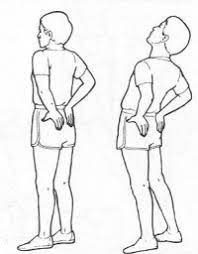
Cat-Camel Stretch: Begin on your hands and knees in a tabletop position. Arch your back upward, bringing your head down and tucking your chin to your chest (cat pose). Then, reverse the movement by lowering your abdomen toward the floor, lifting your head, and looking upward (camel pose). Alternate between the two positions, moving slowly and smoothly.

Seated Spinal Twist: Sit on a chair with the patient’s feet flat on the base. Place your right hand on the outside of your left thigh or armrest and gently twist your torso to the left, looking over your left shoulder. Hold for 15-30 seconds, then repeat on the other side. This exercise helps improve spinal mobility and flexibility.

Scapular Retraction: Stand or sit with good posture, keeping your shoulders relaxed. Squeeze the patient’s shoulder blades together, imagining that patient trying to hold a pencil between them. Hold for 5 to 10 seconds and repeat for 10 to 15 times. This exercise helps improve posture and strengthen the muscles around the shoulder blades.
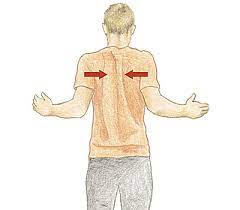
Thoracic Rotations: Sit on a stability ball or chair with your feet flat on the floor. Place the patient’s hands behind your head with the patient’s elbows pointing outward. Slowly rotate your upper body to one side, trying to bring your elbow toward the opposite knee. Return to the starting position and repeat on each side. Perform the exercise in a controlled manner, focusing on the rotation of the thoracic spine.

Core Strengthening: Engage in exercises that target the core muscles, such as planks, side planks, bird-dog exercises, or gentle abdominal crunches. A strong core helps support the spine and improve overall stability.
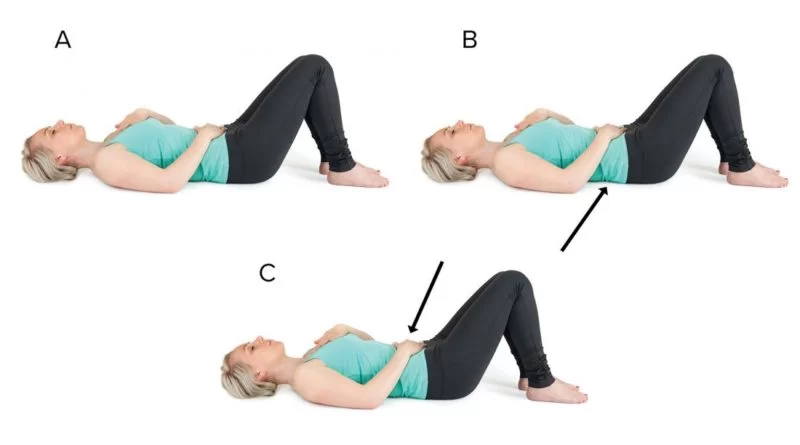
Aerobic Exercise: Low-impact aerobic exercises like walking, swimming, or cycling can help improve cardiovascular health and maintain overall fitness. Start slowly and gradually increase the duration and intensity of your aerobic activities.
Surgical interventions for thoracic radiculopathy
Thoracic discectomy: If a herniated disc is compressing the nerve root, a thoracic discectomy may be performed. During this procedure, the surgeon removes a portion of the herniated disc to relieve pressure on the affected nerve.
Thoracic laminectomy: A laminectomy involves the removal of a portion of the vertebral bone called the lamina. This procedure creates more space within the spinal canal, alleviating pressure on the nerve roots. It may be done to treat conditions such as spinal stenosis or thickened ligaments causing nerve compression.
Thoracic foraminotomy: A foraminotomy is a surgical procedure performed to enlarge the neural foramen, which is the opening through which the nerve roots exit the spinal canal. By removing bone or tissue obstructing the foramen, the surgeon can relieve the compression on the nerve roots.
Spinal fusion: In some cases, spinal fusion may be recommended to stabilize the spine and reduce the likelihood of further nerve compression. During this procedure, two or more vertebrae are fused together using bone grafts, screws, or rods. Spinal fusion is typically considered for cases involving spinal instability or severe degenerative conditions.
FAQs
What is the best treatment for thoracic radiculopathy?
Thoracic radiculopathy worsens when a nerve in your middle spine is compressed. Several other conditions – including degenerative disc disease or a herniated disc – could cause thoracic radiculopathy. Treatment for this condition might include a combination of pain relievers, physical therapy, or surgery.
Is there surgery for radiculopathy?
Radiculopathy: Surgical Treatment Options …
Fusion or discectomy is the most commonly performed procedure to treat cervical radiculopathy. The procedure includes removing the problematic disc or bone spurs and then stabilizing the spine through spinal fusion.What is the recovery of radiculopathy?
Over 80% of acute cervical radiculopathy resolves without any specific treatments within 7-10 weeks.
What are the charges of radiculopathy treatment?
The charges for treating lumbar radiculopathy in India ranges from Rs. 500 to 1000 per session.

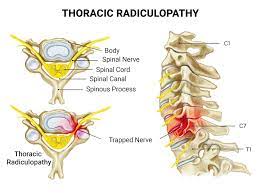

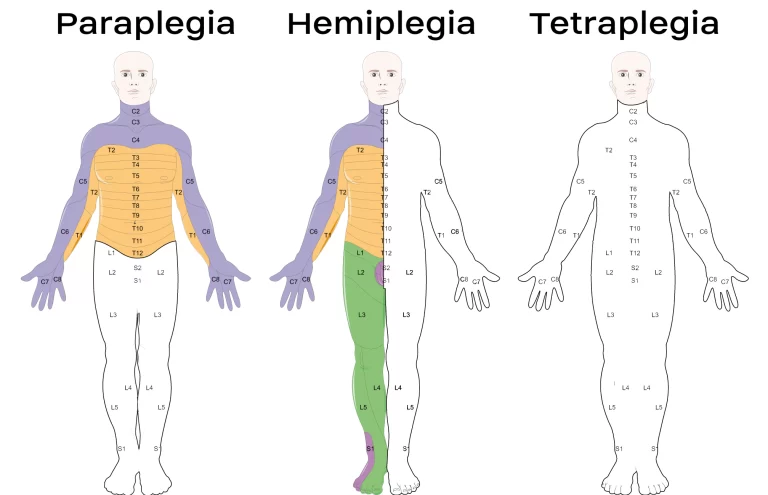
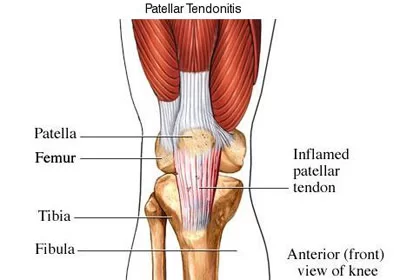
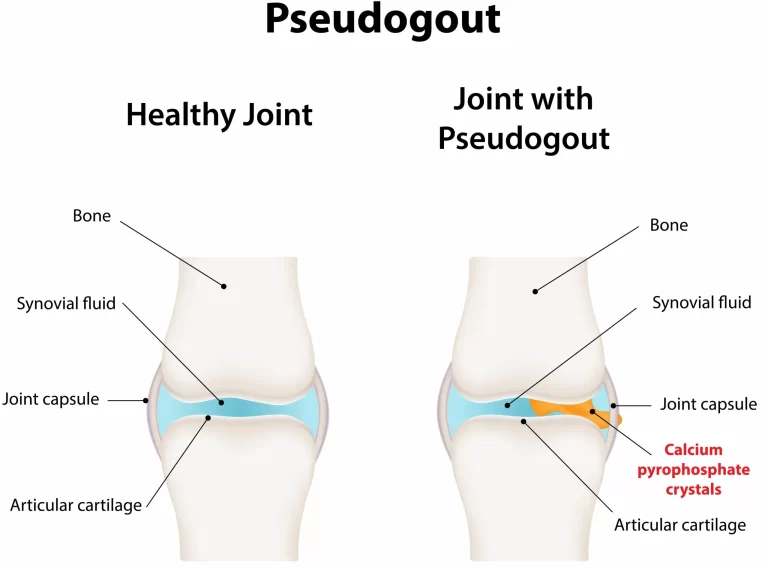

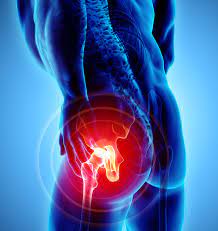
One Comment